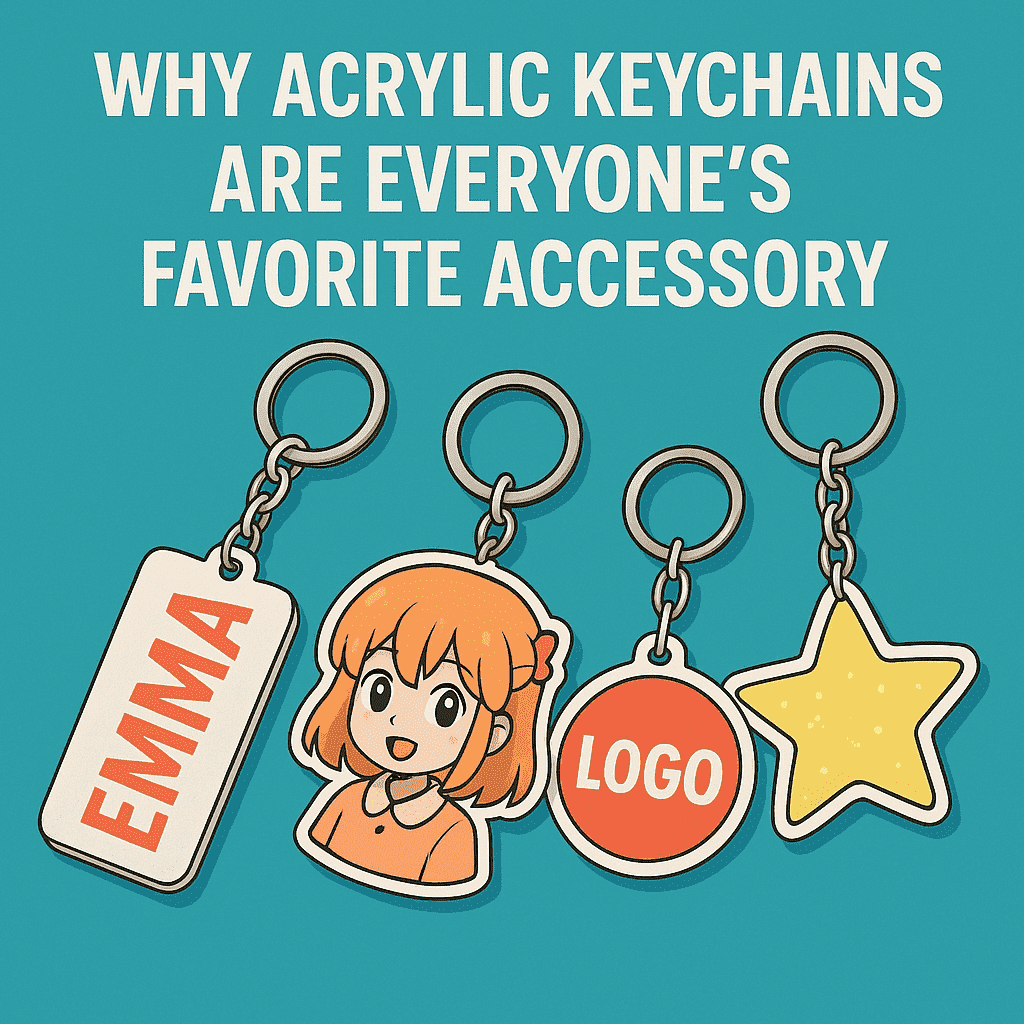The braking system of a vehicle is one of its most critical components, responsible for ensuring the safety of both the driver and passengers. Over the years, this system has undergone significant evolution, transitioning from simple mechanical designs to advanced, highly efficient systems. Understanding the journey from drum brakes to disc brakes provides valuable insight into how modern braking systems have become more effective and reliable.
Early braking systems were rudimentary, often failing to provide the necessary stopping power required for increasing vehicle speeds and weights. Drum brakes, which emerged in the early 20th century, were among the first major advancements in automotive braking technology. However, as vehicles continued to evolve, the limitations of drum brakes became apparent, leading to the development of disc brakes. This evolution has been driven by the need for greater safety, performance, and reliability in braking systems.
The Rise of Drum Brakes:
Drum brakes were introduced as an improvement over the initial braking systems, which were often unreliable and difficult to maintain. The drum brake system consists of a rotating drum attached to the wheel, with brake shoes inside that press outward against the drum to create friction and slow the vehicle. This design was revolutionary at the time, providing better braking power and durability compared to earlier mechanisms.
Despite their advantages, drum brakes have several inherent drawbacks. They are prone to overheating under heavy use, which can lead to brake fade and reduced effectiveness. Additionally, they require more frequent maintenance and adjustments to ensure optimal performance. These limitations spurred the automotive industry to seek more efficient braking solutions, ultimately leading to the development of disc brakes.
The Advent of Disc Brakes:
Disc brakes represent a significant leap forward in braking technology, offering superior performance and reliability over drum brakes. The disc brake system includes a rotor (or disc) attached to the wheel and calipers that squeeze brake pads against the disc to create friction and slow the vehicle. This design allows for better heat dissipation, reducing the risk of brake fade and maintaining consistent braking performance.
One of the key advantages of disc brakes is their ability to provide more stopping power with less effort. This efficiency is particularly beneficial in high-performance and heavy vehicles, where reliable braking is essential for safety. Furthermore, disc brakes are generally easier to inspect and maintain, as their components are more accessible than those of drum brakes. The transition to disc brakes has significantly enhanced vehicle safety and performance across the automotive industry.
The Role of Anti-lock Braking Systems:
The introduction of anti-lock braking systems (ABS) marked another major milestone in the evolution of braking technology. ABS prevents the wheels from locking up during hard braking, allowing the driver to maintain steering control and avoid skidding. This technology is particularly useful in slippery conditions, where traditional braking systems might struggle to provide adequate traction.
The integration of ABS into modern braking systems has improved overall vehicle safety, reducing the risk of accidents caused by loss of control. For car enthusiasts looking to customize their vehicles, options like the ABS delete kit offer a way to modify their braking system to suit specific performance needs. However, it’s important to understand the implications of such modifications and ensure they are done correctly to maintain safety standards.
The Importance of Regular Brake Maintenance:
Maintaining a vehicle’s braking system is crucial for ensuring its safety and performance. Regular inspections and servicing can help identify potential issues before they become serious problems. Key maintenance tasks include checking the brake pads and discs for wear, ensuring there is sufficient brake fluid, and inspecting the overall condition of the braking components.
Neglecting brake maintenance can lead to reduced braking efficiency and increased stopping distances, posing a significant safety risk. For drivers, understanding the signs of brake wear and knowing when to seek professional servicing is essential. Additionally, investing in quality components and accessories, such as high-performance brake pads or stylish car keychains, can enhance both the functionality and aesthetics of the vehicle.
The Future of Braking Technology:
As automotive technology continues to advance, the future of braking systems looks promising. Innovations such as regenerative braking in electric vehicles and advanced driver-assistance systems (ADAS) are set to further enhance the safety and efficiency of braking systems. Regenerative braking allows electric vehicles to recover energy during braking, improving overall efficiency and reducing wear on braking components.
ADAS technologies, including automatic emergency braking and adaptive cruise control, utilize sensors and artificial intelligence to assist drivers in maintaining safe following distances and avoiding collisions. These advancements highlight the ongoing commitment of the automotive industry to improving vehicle safety and performance through innovative braking solutions.
Conclusion:
The journey from drum brakes to disc brakes represents a significant evolution in automotive safety and technology. Each advancement, from the introduction of drum brakes to the development of ABS and the potential of future innovations, has contributed to making vehicles safer and more reliable. Regular maintenance and an understanding of the braking system are essential for ensuring optimal performance and safety. For enthusiasts seeking customization options, products like these provide tailored solutions to meet specific performance needs. The evolution of braking systems continues to be a testament to the automotive industry’s dedication to safety and innovation.














Leave a Reply